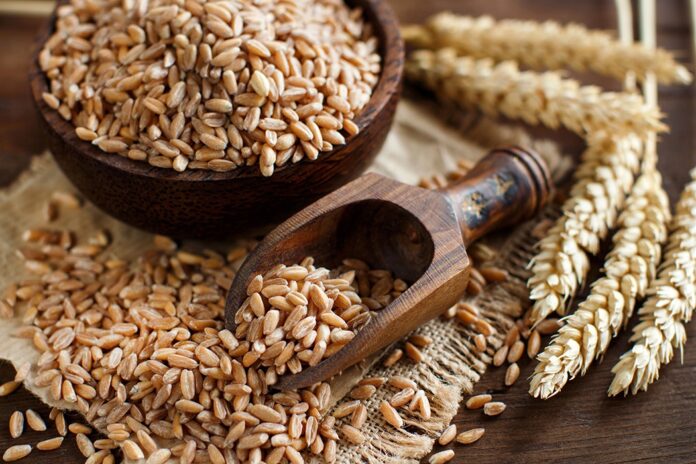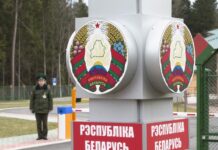
What does the word “Kūčios” mean? We know Kūčios as a meatless meal consisting of 12 dishes eaten on Christmas Eve, December 24. It is the most traditional of events for Lithuanians to celebrate together, usually within the immediate family circle, with Invitations extended to anyone who has no family to be with.
The actual word refers to a mixture of various cooked grains: wheat, barley, oats, peas and beans – a dish called kūčia. It is one of the oldest Lithuanian foods, recorded in a book of homilies called the Wolfenbuttel postil of 1573 (the oldest known Lithuanian manuscript). The food itself was already used in Lithuania in the 11th and 12th centuries, according to historical sources.
The word kūčia is derived from the Greek kukkia, meaning beans. In olden times the dish was made of beans as well as peas, wheat, rye, barley – any grains that were locally cultivated. The grains were boiled and moistened with honey-water. It predates Christianity but was suitable for the Christmas Eve meal, technically the last day of Lent, when the Church restricted the use of animal and dairy products. In Lithuanian mythology, kūčia was left out on Christmas Eve to nourish the returning souls of deceased family members.
In olden times, both kūčia and each of its ingredients were considered sacred, and had symbolic value. The grains symbolize plentiful harvest, and are eaten on Christmas Eve with gratitude for the year’s crops.
Why did kūčia disappear from our Christmas Eve menu? Many family members shudder at the thought of porridge, but today’s soaked chia trend may be equally unappealing to others… If it is presented as a healthy-choice, multigrain side-dish, kūčia could be tempting, if only as a ceremonial feature to honour ancient traditions.
Any combination of grains can be used, boiled together if cooking times are similar, or separately, then mixed. Variations today include rice, pearl barley, wheat berries or any preferred whole grains. Some may need pre-soaking.
For Lithuanians in ancient times, honey symbolized light, health and friendship. In kūčia, cooked grains were mixed with diluted honey (miešimas) or honey-sweetened poppy seed milk, just to moisten the mixture. Dried fruit (soaked in apple juice or other liquids of choice) and/or candied fruit as well as chopped nuts also serve to make this side-dish tastier. Dried cranberries were known to protect one from enemies. Hazelnuts were a symbol of prosperity and happiness, and poppyseeds were known as a source of health. Kūčia used to be the first “course” served at the Christmas Eve meal, with the head of the family setting aside a spoonful for ancestral souls and gods. Some of it was also offered to the bees.
Kūčia can be enhanced with ground cardamom, cinnamon, cloves, fennel or any preferred spices or seeds. A sample recipe would require ½ cup each of barley and wheatberries, 4 ounces each of poppy seeds, nuts and dried fruit, ½ cup of warm water, 2 tablespoons honey (or to taste), and a dash of salt. Poppy seeds should be ground with water, mixed with the honey and added to the grain mixture just before serving. Today it is considered as more of a dessert.





























